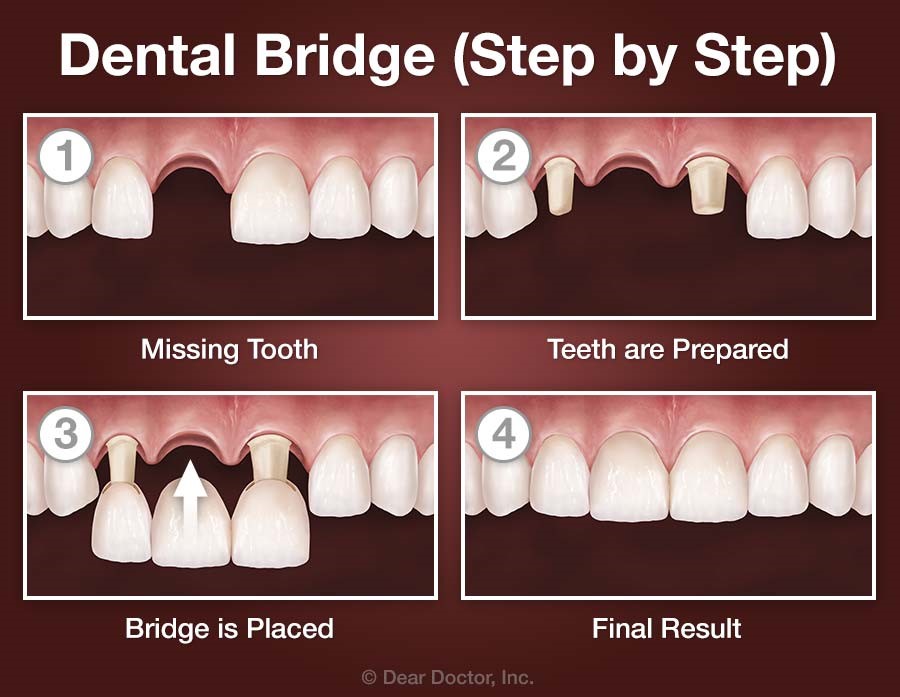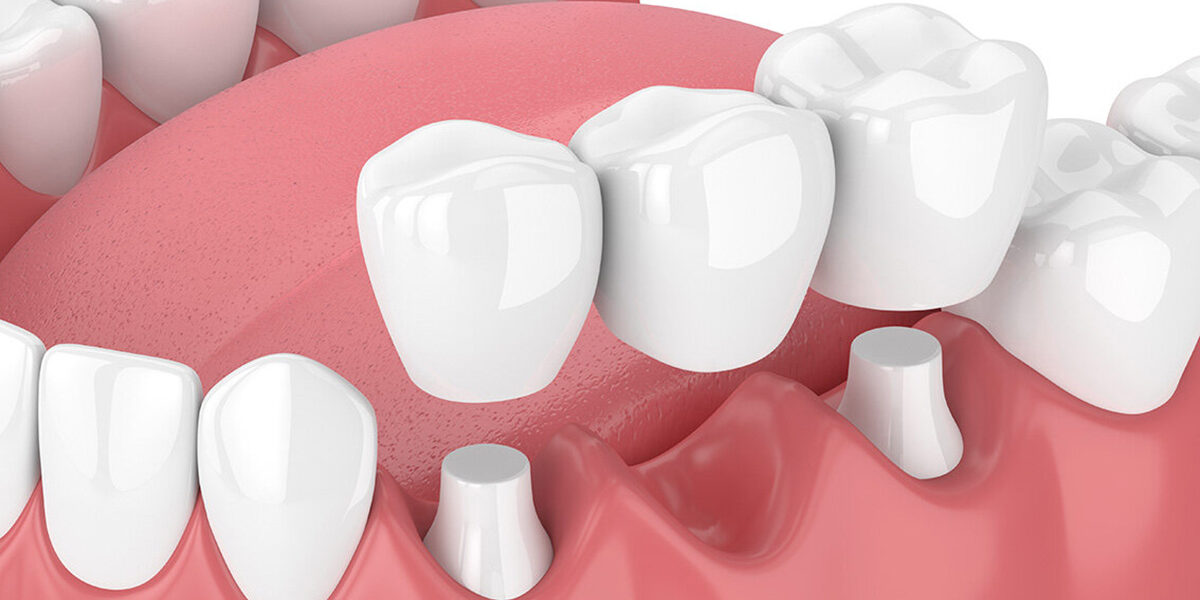6 Things to Know Before Considering a Dental Bridge
Not only does missing teeth effect your self-esteem, they also impact the overall health of your smile. If you are looking for a solution as it pertains to your missing teeth, then it is imperative that you understand all of the treatment options available to you.
What is a Dental Bridge?
As a commonly used dental device, a bridge consists of one or more artificial teeth. These teeth can be made from different materials, such as porcelain or resin, which are great for replacing natural teeth.
A bridge is commonly referred to as a partial denture, false teeth, or a filler. Essentially, it is a bridge connected to the crowns that anchor the device to your natural teeth.
Crowns may cover two or more teeth. This is done in an effort to properly secure the bridge, thus holding the artificial teeth in place.
In the event that natural teeth are not available, your dentist may recommend implanting teeth on either side in an effort to hold the bridge in place.

What Can You Expect During Installation?
After determining that a bridge is the best option for you, your dentist will begin the process of preparing the anchor or abutment teeth. This procedure is typically performed under local anesthesia – overall, this process is not deemed as painful.
During your follow-up visit, the bridge will be set in its proper place.
It is not uncommon for new bridge installations to feel bulky initially; as you become accustomed to the new prosthetic, however, the bulky feeling should subside.
Typically, you will have a third and final follow-up exam. During this visit, your dentist will check the bridge to determine if any necessary adjustments need to made based on any discomfort or pain you may be experiencing.
Cleaning and Overall Care
It is important that you take proper care of your bridge. With that being said, taking care of the bridge isn’t all that different from caring for your natural teeth.
It is recommended that you perform routine brushing with a soft-bristled toothbrush. The aforementioned should be done for two minutes each day.
Furthermore, flossing regularly will aid in preventing tooth decay and gum disease. While traditional flossing is typically sufficient, many patients prefer the convenience of Waterpiks.
Average Costs
When it comes to replacing missing teeth, bridges are one of the more affordable options; typically, this procedure is often covered by dental insurance as well.=
Please contact us at Oakstone Dental for pricing and bookings if you are interested in Dental Bridges
With so many options to choose from, your dentist can best aid you in determining the best solution for you overall budget.







